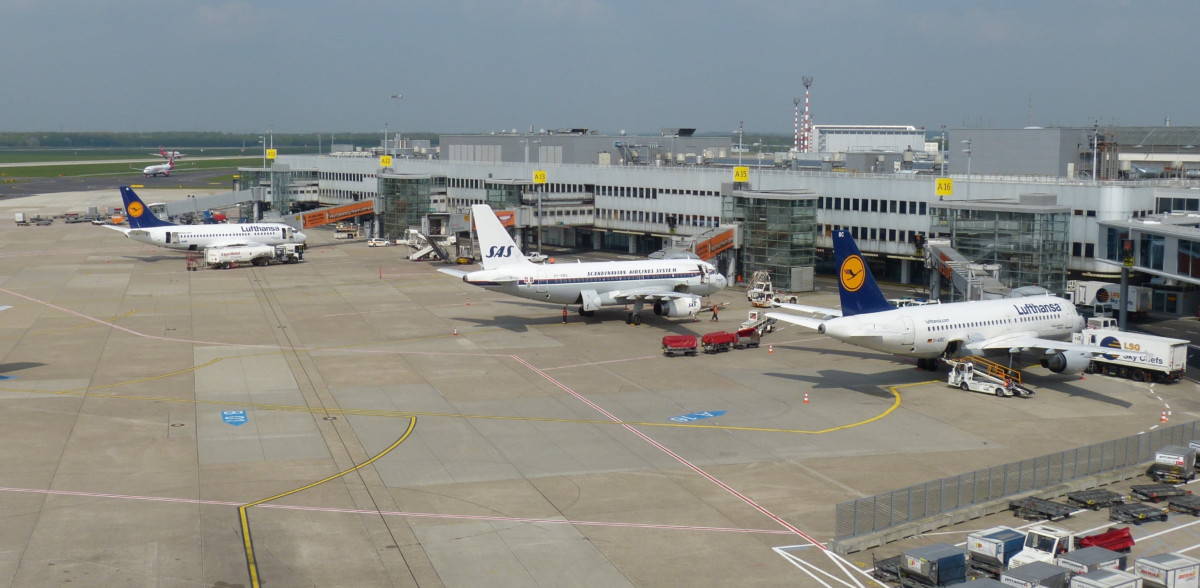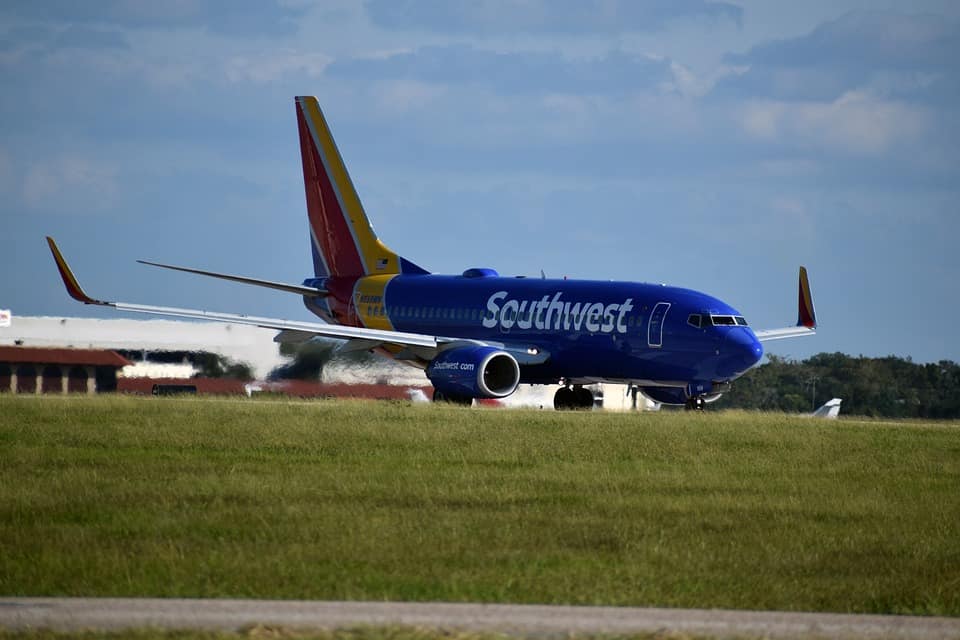
I was just watching a video on the design of the Airbus A380 and while watching I noticed the tail fin at the rear of this aircraft was enormous. That got me thinking as to why do aircraft need a vertical tail fin and why are there so many varying sizes and types.
A vertical tail on an aircraft provides control and stability to an aircraft as the air flows around it. A rudder and trim tab is usually incorporated into it to provide yaw control during takeoff, cruise, and landing. The control is provided by the pilots using their foot pedals & auto flight systems.
Looking around the worlds aviation community the single vertical tail fin is by far the most common design and although there are many other designs, their purpose pretty much remains the same:
What is the Purpose of Vertical Tail Fins on Aircraft?
An Aircraft’s vertical tail fin is designed to provide stability and control in the yaw axis. It does this by housing a controllable rudder and a trim tab for fine-tuning during flight. The size and shape of the fin are determined by the type of flight and maneuvers the aircraft is intended to do.
Aircraft have 3 axis on which they need to be controlled once they become airborne:
- Roll Axis – This is controlled by ailerons mounted in the wings
- Pitch Axis – This is controlled by elevators mounted in the rear horizontal stabilizers
- Yaw Axis – This is controlled by the rudder mounted in the vertical stabilizer
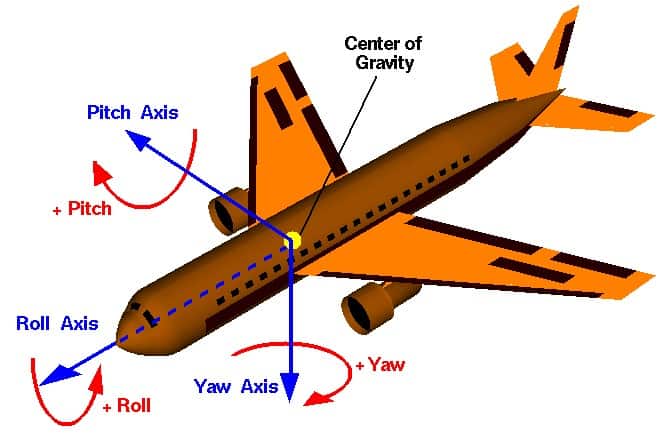
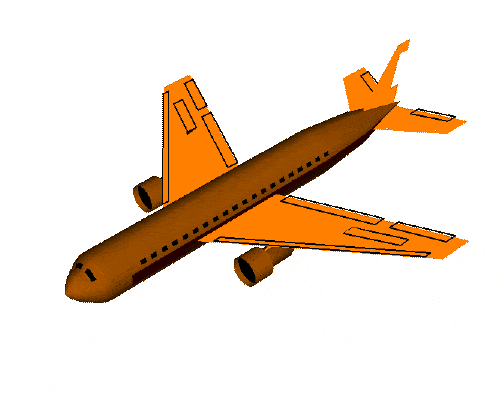
The technical reasons for the vertical tail fin go way beyond the scope of this article but ill try to sum it up in layman’s terms as best I can.
Stability
To ensure an aircraft flies smoothly it needs to be stable. An unstable aircraft not only provides an uncomfortable ride to its passengers but also increases the workload of the pilot/s, increases aerodynamic stress on its components and if not corrected in time can lead to aircraft attitudes outside of controllable limits.
All aircraft have a center of gravity and the idea is to keep the mass of the aircraft as close to its center of gravity when in flight. Forces like wind, turbulence, and people moving around in the cabin are constantly moving the aircraft away from its CofG.
This is where the vertical fin, also known as the vertical stabilizer comes in to help keep the aircraft as close to its CofG in the yaw and roll axis. As the air moves over the vertical fin it helps to counteract forces of roll due to it acting like a sail and for yaw, by keeping the nose pointing straight by acting like a weather-cock you would see on a barn roof.
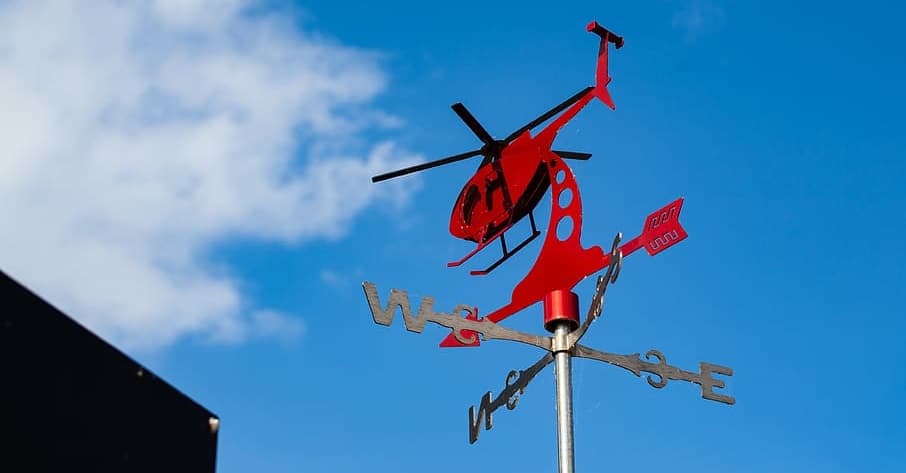
The other time the vertical fin really becomes important is when the aircraft is fitted with multiple engines, especially when mounted on the wings.
When both engines are increased in power together they provide the same amount of thrust to both sides of the aircraft. If one were to lose power or stop altogether the thrust from the remaining engine/s would impart a turning force around the center of the aircraft, much like turning the steering wheel on your car.
At this point, the pilots use the aircraft’s vertical fin and its rudder to ‘Steer’ the nose of the aircraft in the opposite direction to counteract the turning force from the powered engine – as well as many other things.
Without the aerodynamic forces of the vertical fin acting on the aircraft fuselage, a loss of an engine could result in catastrophic consequences.

Join My Newsletter & Get Great Tips, Information and Experiences To Help You Become a Superb Pilot!
Control
Built into the vertical fin is the Rudder or Rudders (Depending on the size and design of the aircraft). These are a movable surface which is used to deflect air and push or pull the aircraft nose in a desired direction.
Very similar to a rudder on a boat, when the aircraft is traveling through the air the pilot/s and/or the aircraft’s autoflight systems are constantly adjusting the rudder to keep the nose of the aircraft pointing in the desired direction. This is known as slip and skid and is very important especially when turning.
When the airplane is taking off and landing, the rudder is moved to keep the aircraft nose pointing into the wind and this is most noticeable when airplanes come into land with a crosswind. If the nose of the aircraft was pointing straight down the runway with a crosswind, the aircraft would be blown off to the side of the runway.
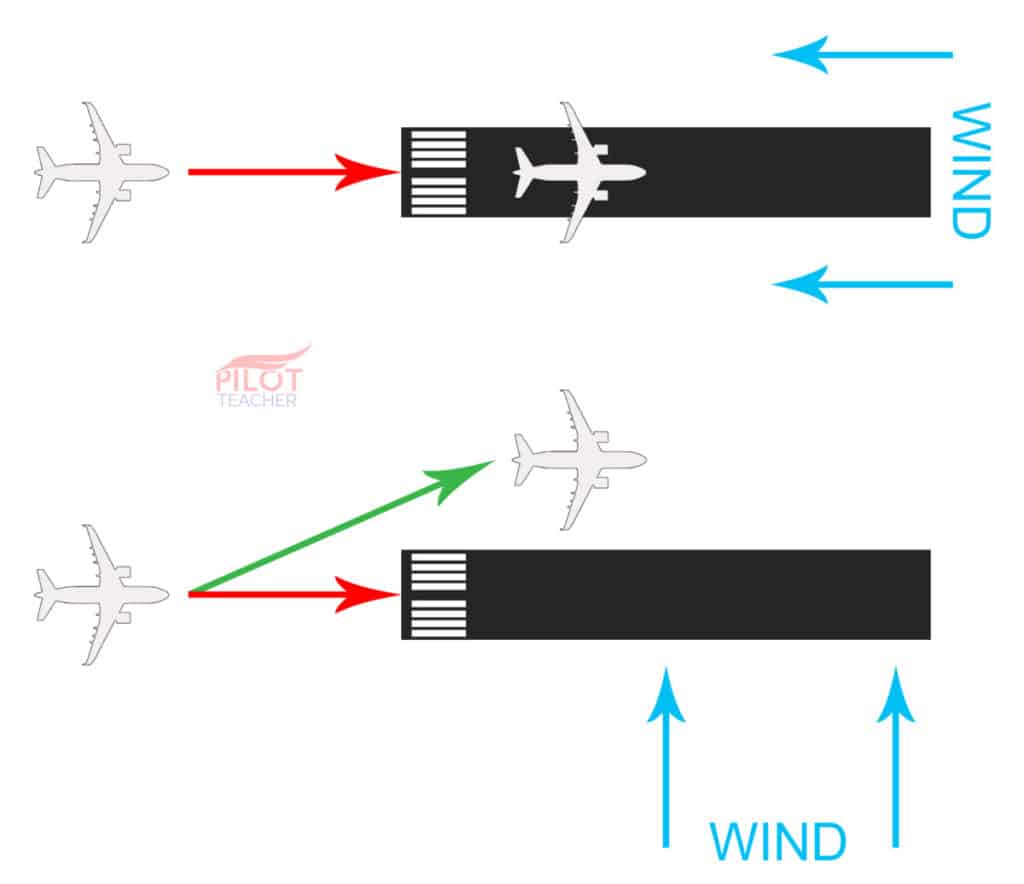
To prevent this, the pilots use the rudder to point the nose of the aircraft into the wind so the airplane is coming into land with an offset angle. This ‘crabbed’ angle allows the plane to be flying forwards and into the wind, and if the pilots match the crab angle to the wind speed correctly, the shadow of the airplane over the ground will be in line with the centerline of the runway during its approach.
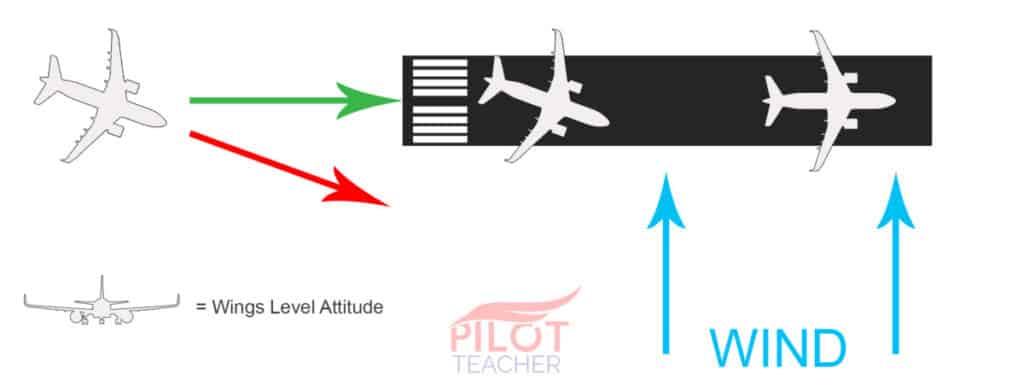
This is done by using the rudder to control the heading of the nose of the aircraft. The tricky part comes to touching down as the aircraft is now pointing off the side of the runway. The use of a rudder is required to steer the nose towards the runway centerline as the friction of the tires begins to take effect as the airplane touches down.
In windy conditions, this can really make the pilots work hard on all the flight controls, not just the rudder.
In this video, you can see the two-part rudder working hard to keep the Airbus A380 on the runway. This is completed by a combination of pilot control and the advanced autoflight control systems working in unison:
Trim
Trim is the fine-tuning of an aircraft control surface. Trim tabs on the vertical stabilizer are like a small rudder within the rudder. These trim tabs allow the pilot or flight control system to adjust as necessary to keep the aircraft’s nose pointing in the desired direction during flight.
After takeoff, the pilot will ‘Trim’ the nose of the aircraft to ensure it maintains the desired heading the pilot wishes to fly. The trim tabs are also used in the event of an engine failure in flight.
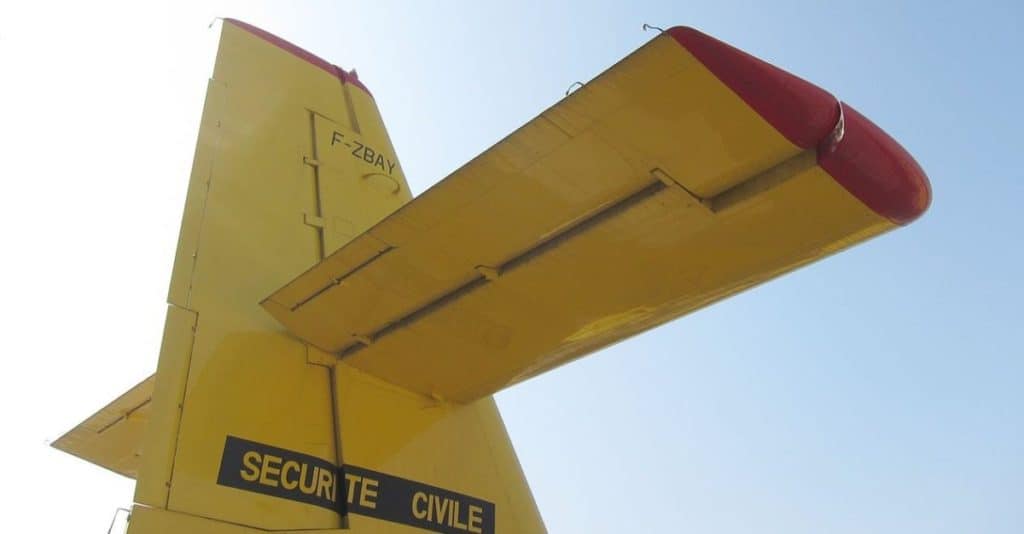
Once the aircraft has been brought under control after the initial loss of power the pilot can trim the yaw axis to maintain heading without having to constantly ‘fly’ the aircraft.
Why Are Vertical Stabilizers So Big?
Some aircraft seem to have very large vertical stabilizers in comparison to other aircraft of a similar size. Short aircraft have less yaw stability compared to long aircraft. To create enough yaw control the area of the vertical stabilizer needs to be larger than those on longer aircraft.
Think of this analogy:
When trying to push open a door, it is harder to push it open close to its hinge compared to pushing it open by the handle. More force is required the shorter the distance is to the hinge.
Aircraft are the same. When an aircraft has a short body the distance between the vertical stabilizer and its center of yaw is quite short. To maintain stability and controllability the vertical fin needs a large surface area. Because of this, the vertical fins can seem overly proportionate compared to other aircraft.
On longer aircraft, the distance or lever from the center of yaw to the vertical stabilizer is much longer, thus less force is required to maintain stability and control. Hence, a smaller surface area is required.
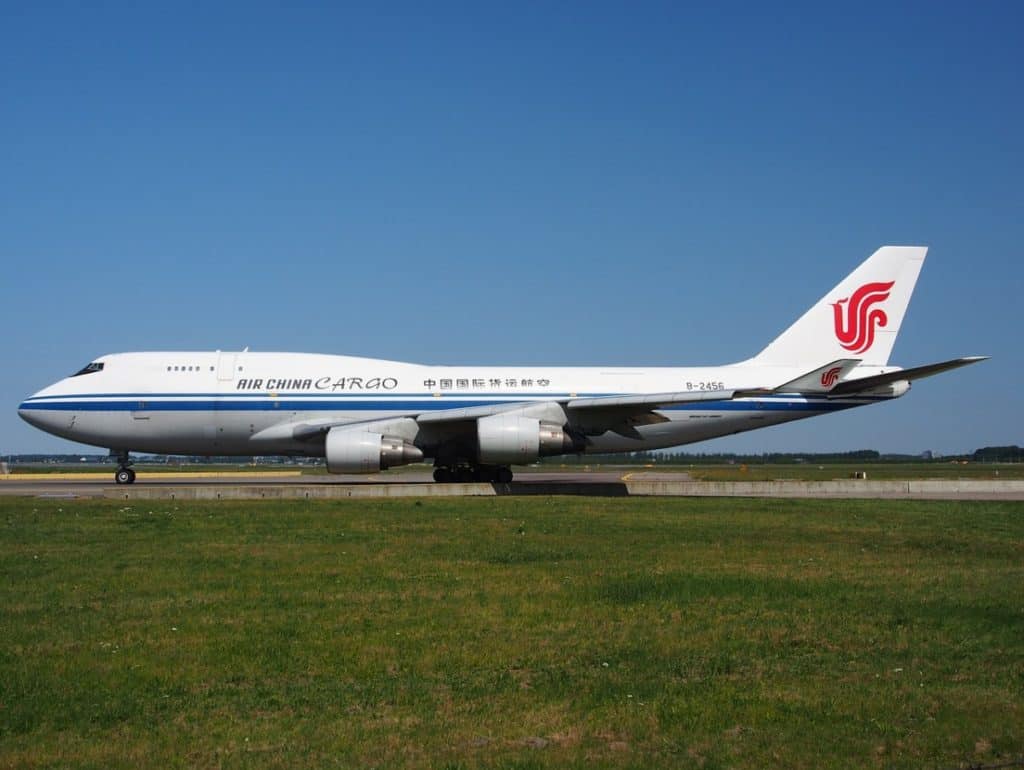
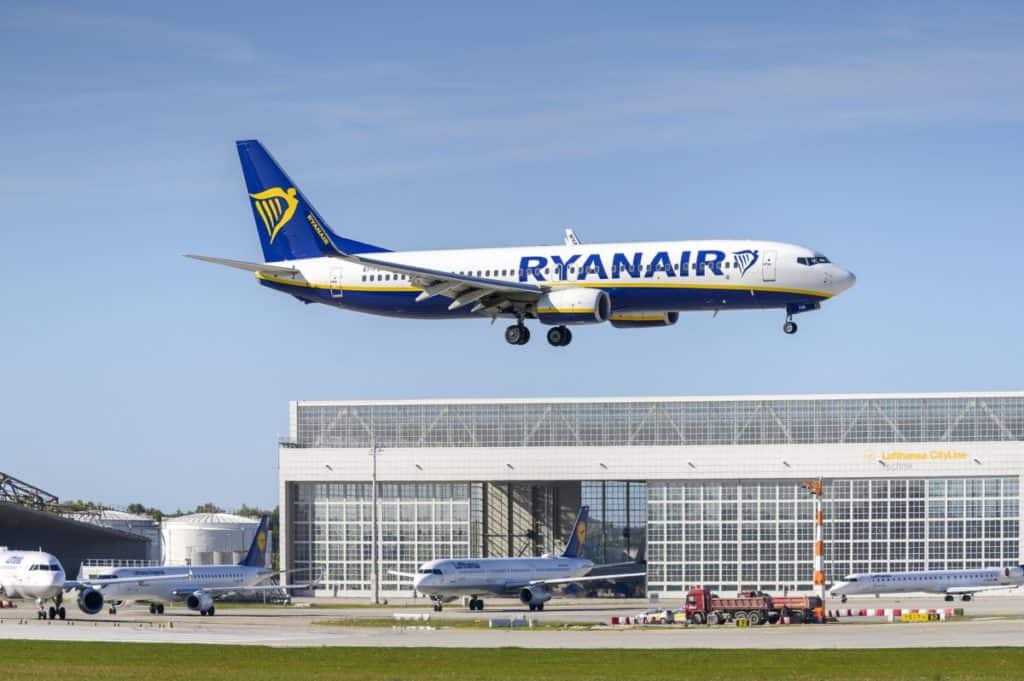
When looking at the two aircraft above the vertical stabilizer on the Boeing 737 seems overly large for the size of the airplane compared to the Beoing 747.
Careful design is required to create a vertical stabilizer that is of the correct size, strength, and efficiency without being too heavy or affecting the flight characteristics of the entire aircraft.
Further Reading
If you found this article helpful you might like to read these ones too:

